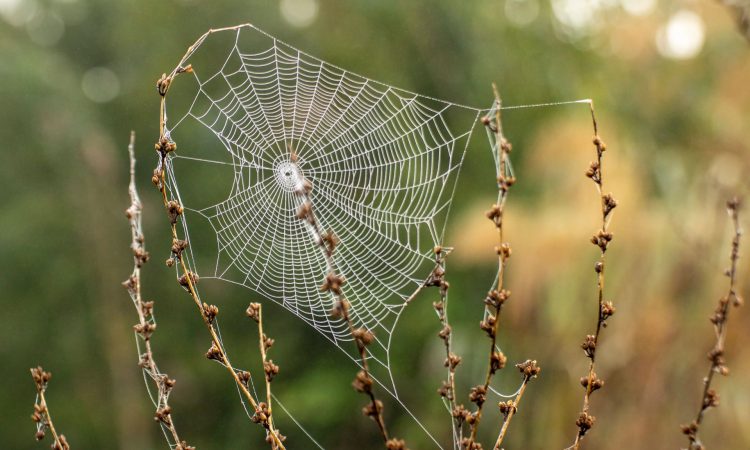
Inspired by the natural wonder of spiders, a team of researchers from Nanjing University of Technology (China) has created “spider silk” that heals diabetic wounds and repairs joints.
Researchers have woven artificial silk to create durable medical bandages. The team says it’s powerful, stable and easy to produce. “The new silk bandages are biocompatible and biodegradable, and researchers say they have great potential for future applications in medicine,” a press release said.
Relative to its size, spider silk has exceptional tear strength, greater than steel.
Unfortunately, spiders are territorial and prone to cannibalism, making large-scale breeding impractical, silk. Scientists have therefore focused on creating synthetic alternatives. One method to produce artificial silk involves genetically modifying microorganisms to produce spider silk proteins. However, these proteins tend to clump together, which hinders the production process and reduces the overall silk yield.
How was the ‘spider silk’ that heals wounds created?
In this new study, the team used a modified protein sequence of spider silk, combined with special peptides. Silk proteins were produced using microbial organisms. These peptides were designed based on a model found in amyloid polypeptides, a type of protein known for its ability to form organized structures, .
“The new peptides, following a pattern found in the protein sequence of amyloid polypeptides, helped the silk proteins form an ordered structure when folded and prevented them from clumping together in solution, increasing the yield,” the authors explained.
In short, the added peptides acted as a kind of molecular scaffolding, helping the artificial silk proteins form a stable structure. This resulted in a higher production of material.
The researchers used a 3D printer equipped with an assembly of small, hollow needles. The protein solution was passed through these needles, creating thin threads in the air. These threads were then woven together to form a thicker fiber, mimicking the process of weaving a spider’s web.
Artificial silk yarns were woven into experimental wound dressings.
How did the new type of silk perform in the tests?
To test the healing potential of these artificial silks, the researchers applied protein-based bandages to mice with osteoarthritis and chronic wounds caused by diabetes. The team also incorporated to speed up the healing process.
“The team found that these modified bandages accelerated wound healing better than traditional bandages,” the press release noted.
Mice with osteoarthritis treated with protein-based bandages showed reduced inflammation and improved tissue repair after two weeks compared to a control group treated with neutral bandages. Diabetic mice with skin lesions also demonstrated significant wound healing within 16 days of using these new bandages.
This advance has the potential to improve wound care. Interestingly, these biodegradable silk bandages can be customized with various medicinal treatments.
In another advancement inspired by spider silk, researchers recently announced the development of a method to create adaptive and environmentally friendly sensors. They can be discreetly applied to biological surfaces such as fingers or flower petals.
The findings were published in the journal

